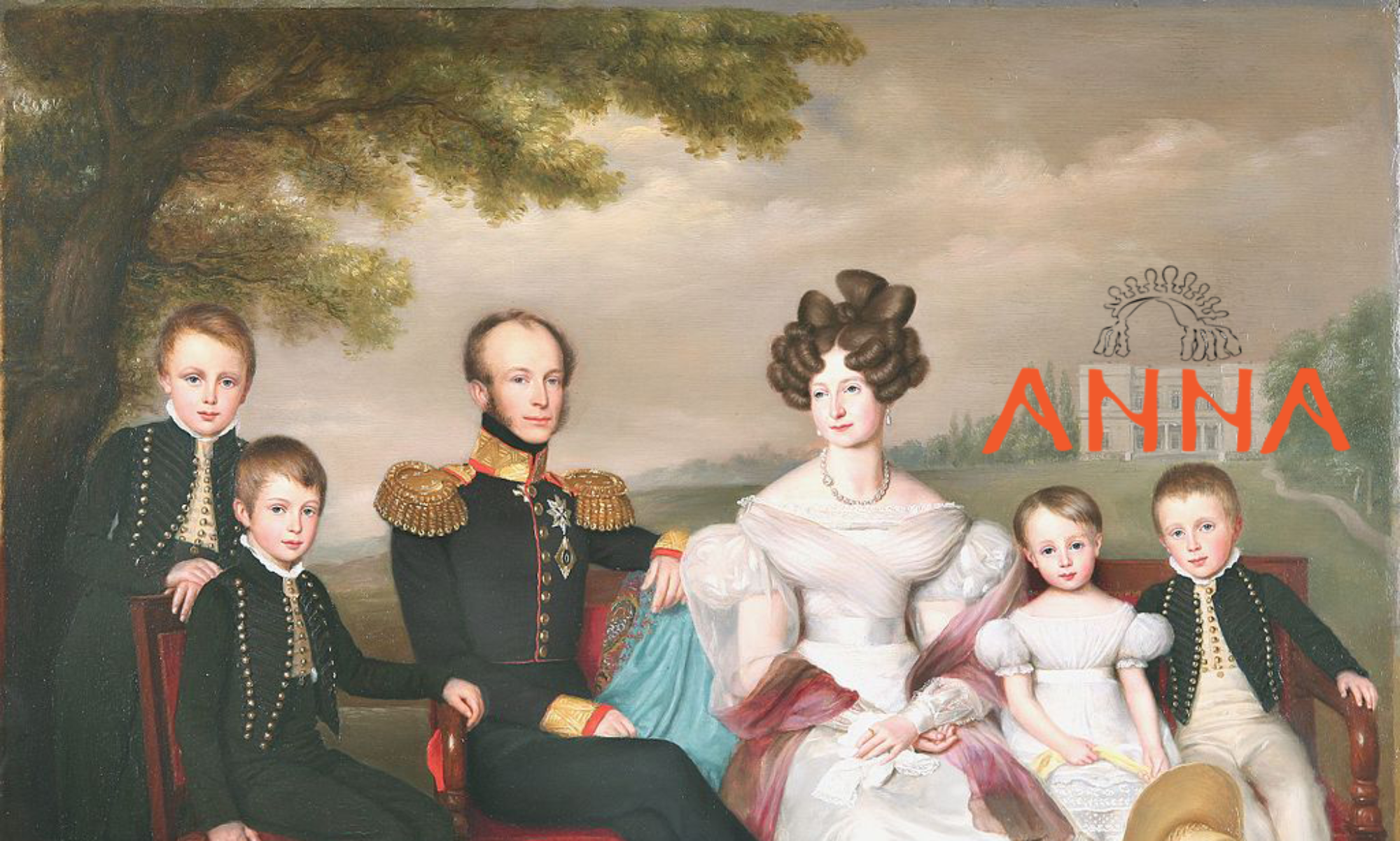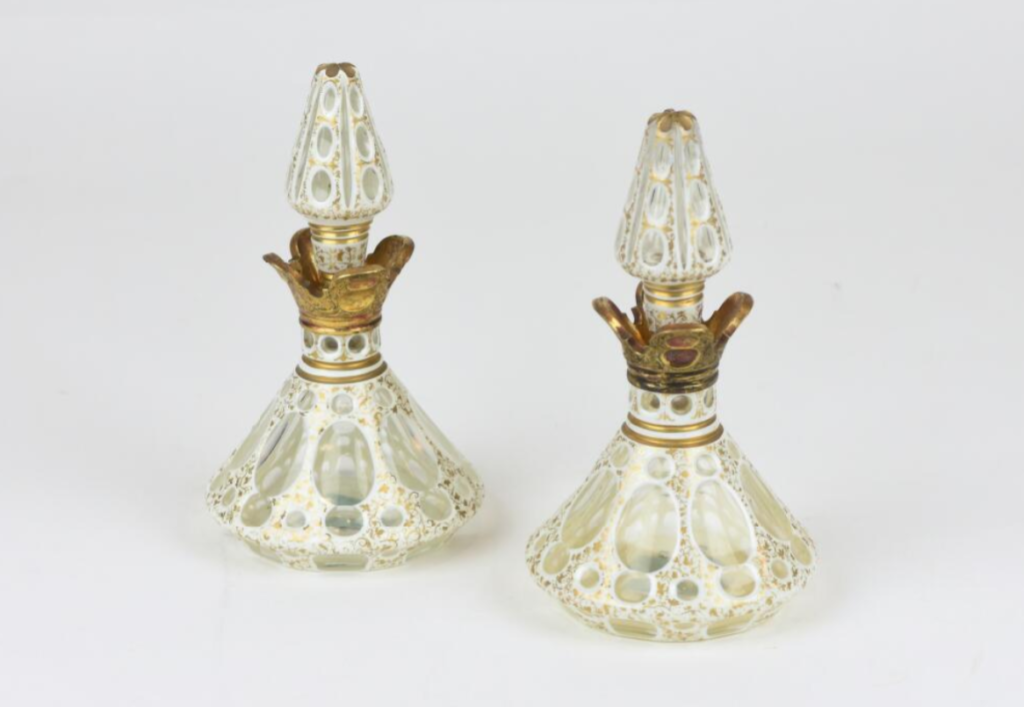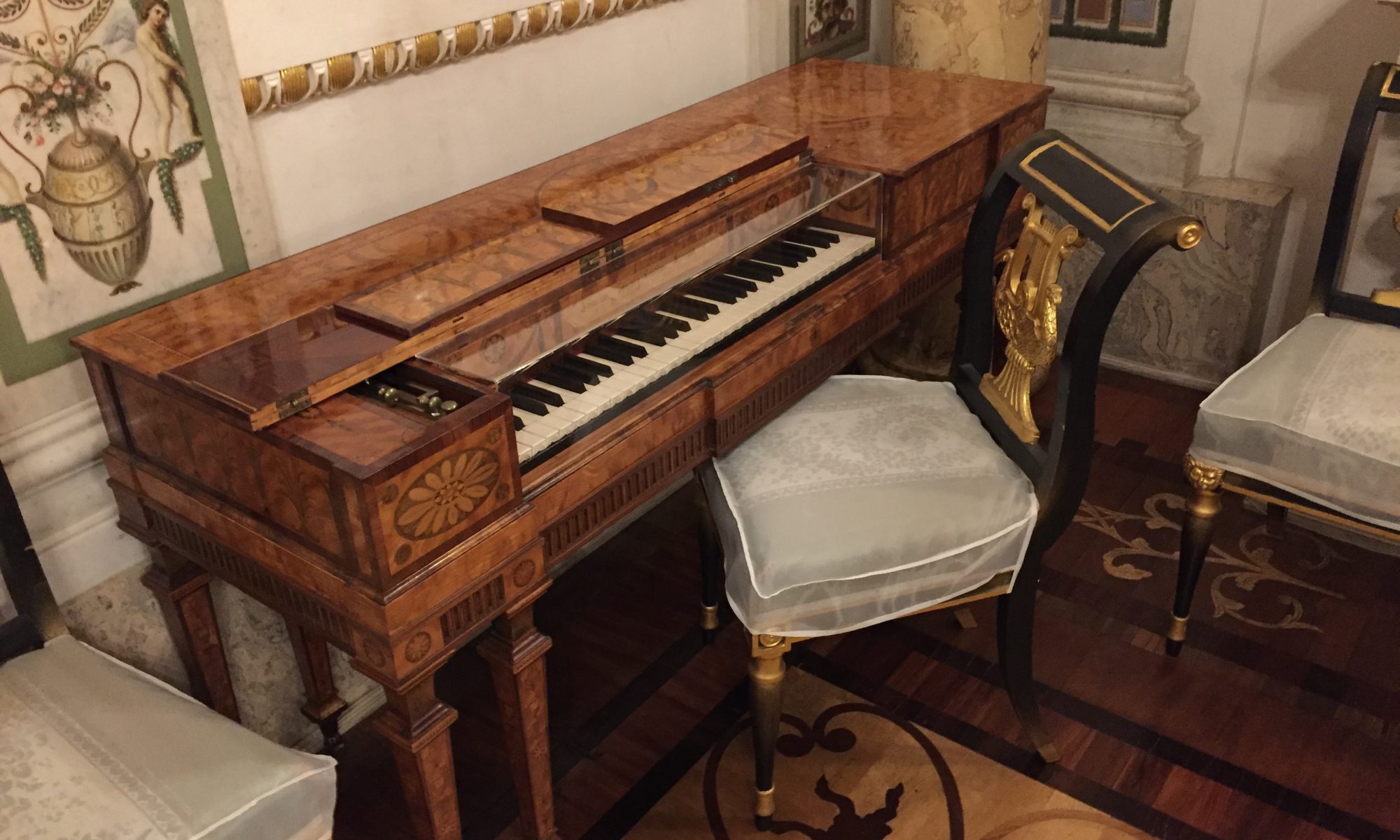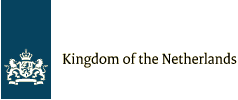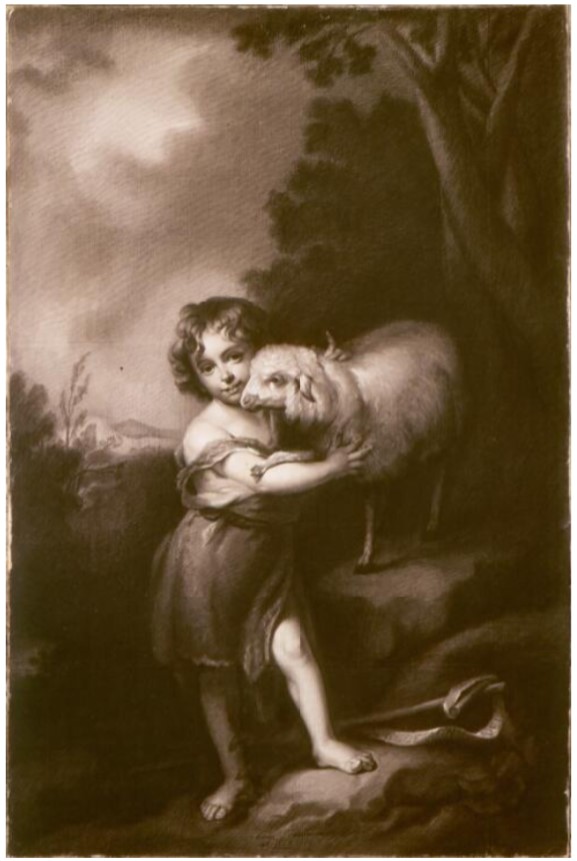
Murillo, Bartolomé Esteban and Anna Pavlovna, Grand Duchess of Russia, Queen of the Netherlands. 1813. Paper, chalk, linen, wood, glass. 177 cm x 121 cm. Palace Het Loo.
Anna Pavlovna (1795-1865) practiced drawing and painting all her life as a hobby. Partly thanks to the lessons she got from professional artists, such as the Swiss miniature painter François Ferrière, she reached a reasonable level in this art form.
The drawing ‘John the Baptist with the Lamb of God’ is a copy after a painting by the Spanish painter Bartolomé Esteban Murillo (1617-1682) from around 1665. The original is now in the National Gallery in London, but there were at least three versions of it in St. Petersburg: in the collections of Prince Potemkin and Count Stroganoff and in the imperial collections.
The framed drawing was placed in the cabinet of Anna’s mother, Tsarina Maria Feodorovna, in the Winter Palace in St. Petersburg. From 1840 it was in Soestdijk Palace and later in Anna’s house Buitenrust in The Hague. Her descendants appreciated the work: Queen Wilhelmina put it in her sitting room in Noordeinde Palace. Now the drawing by Anna Pavlovna is part of the Het Loo Palace collection .
